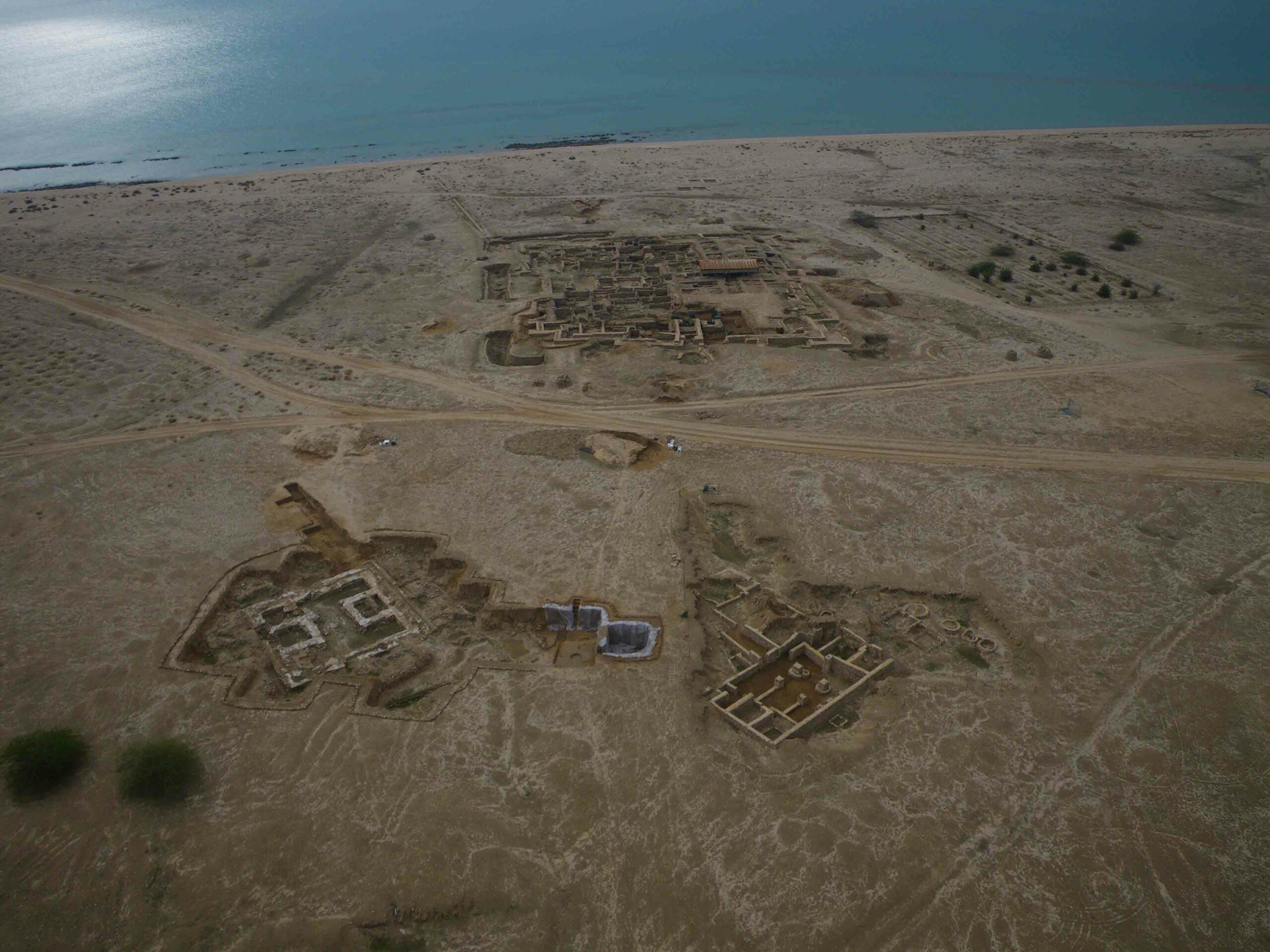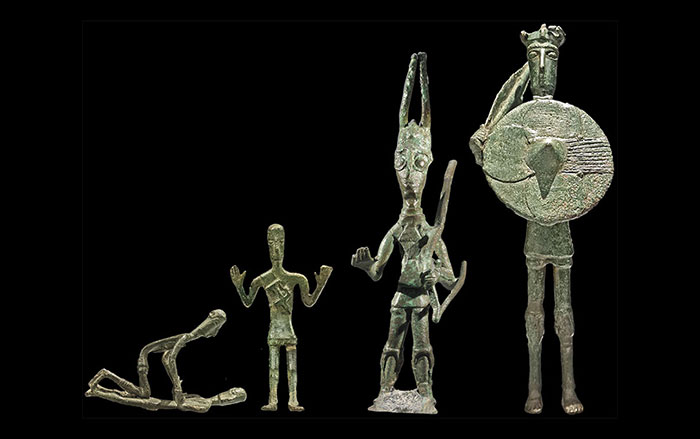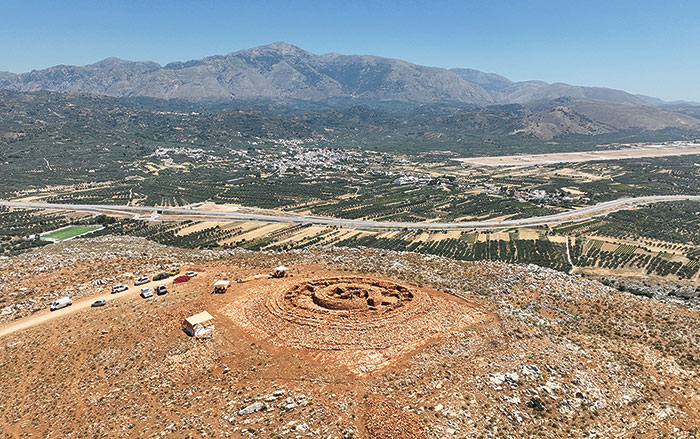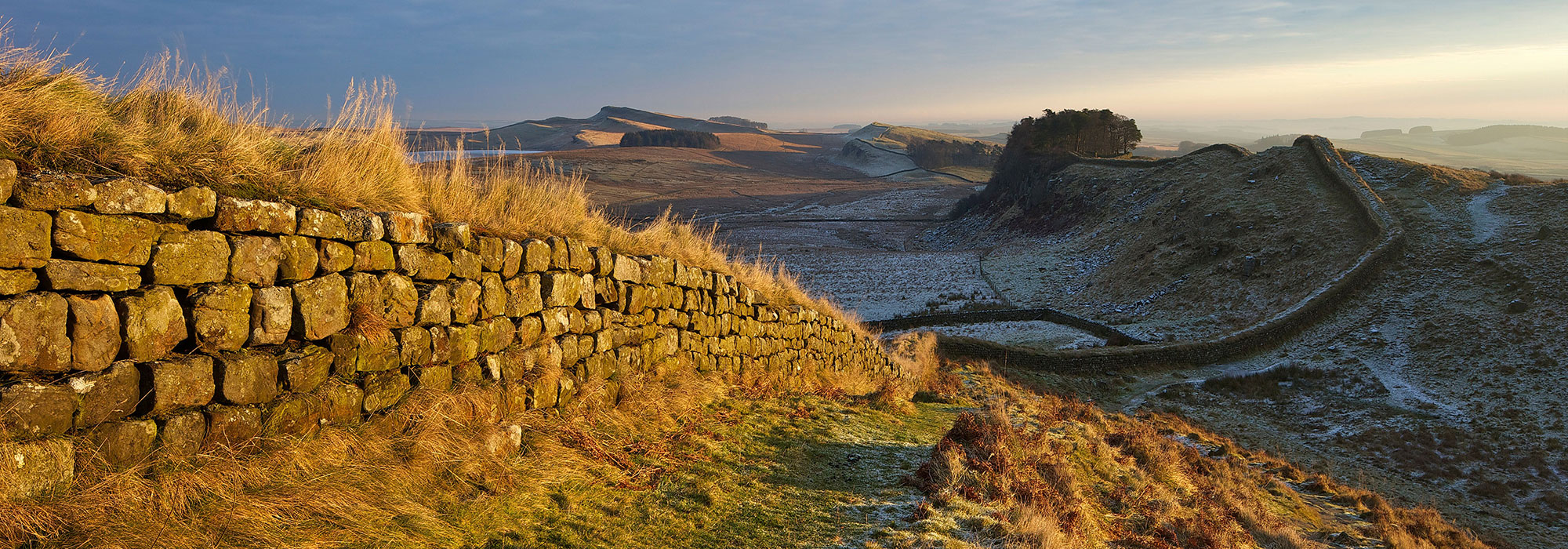
On a windblown island in the Persian Gulf, archaeologists have found a 3,500-year-old jewelry workshop that may hold secrets to the collapse and rebirth of a major trade network. By 2100 B.C., Failaka—now part of Kuwait—was home to the Dilmun culture, a seafaring society whose trade economy fueled the cities of Bronze Age Mesopotamia, or present-day Iraq (“Archaeology Island,” March/April 2013).
Suddenly, around 1730 B.C., the Dilmun trade network collapsed. Cities and temples were abandoned, leading to a period scholars know little about. Now, a team led by researchers from Denmark’s Moesgaard Museum has uncovered fragments of semiprecious stones not native to the island and likely imported from India and Pakistan. “The presence of carnelian and jasper on Failaka indicates that shipping through the Gulf had picked up [a few hundred years later],” says Flemming Højlund, senior scientist and curator at the museum. “It indicates that Dilmun had emerged again as a political entity.”











